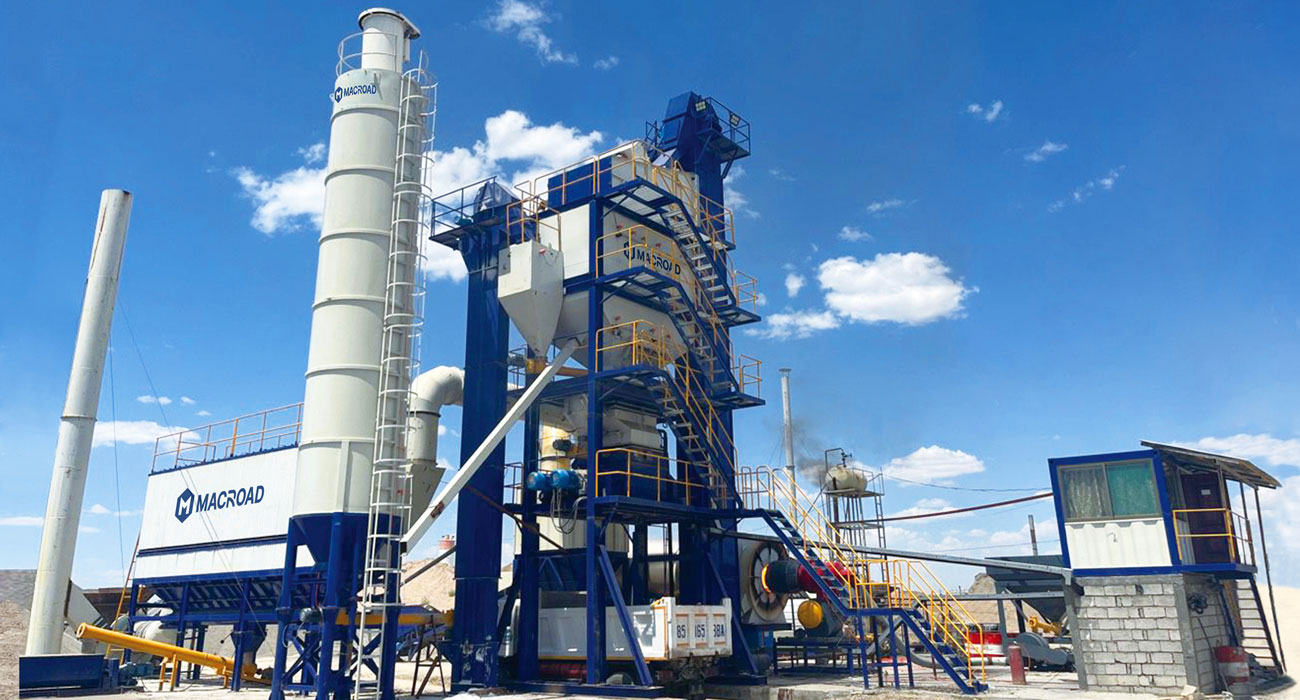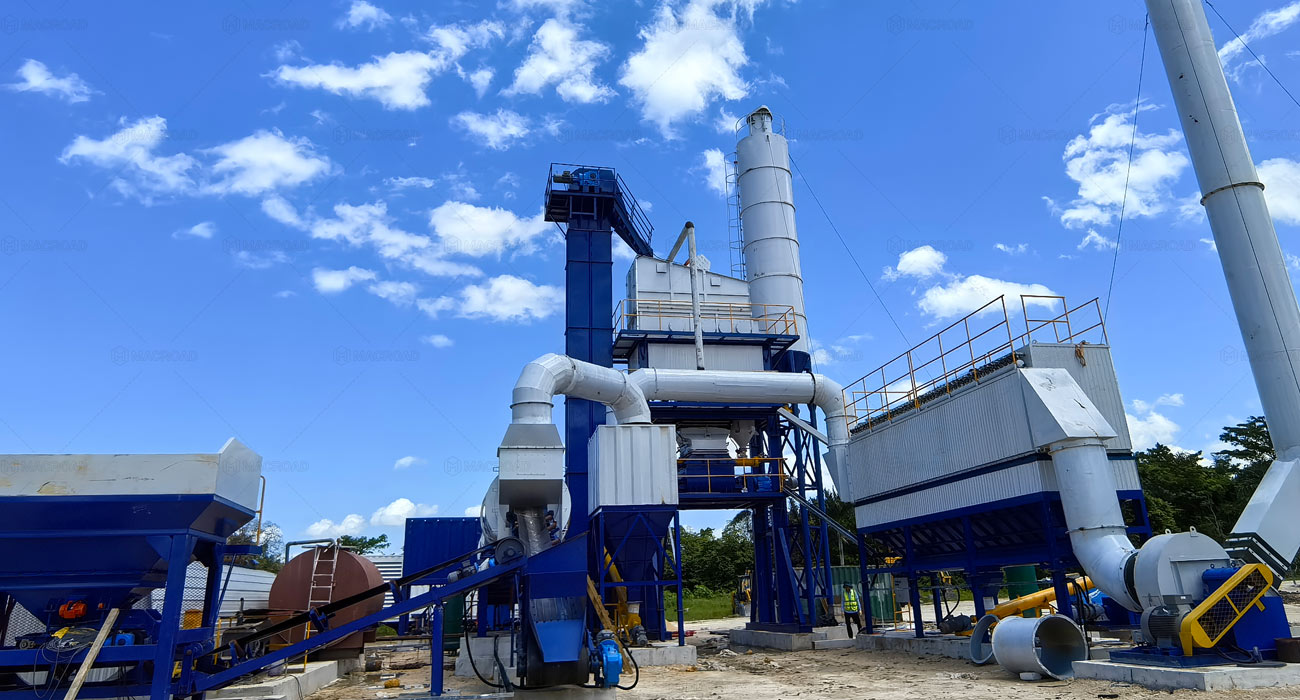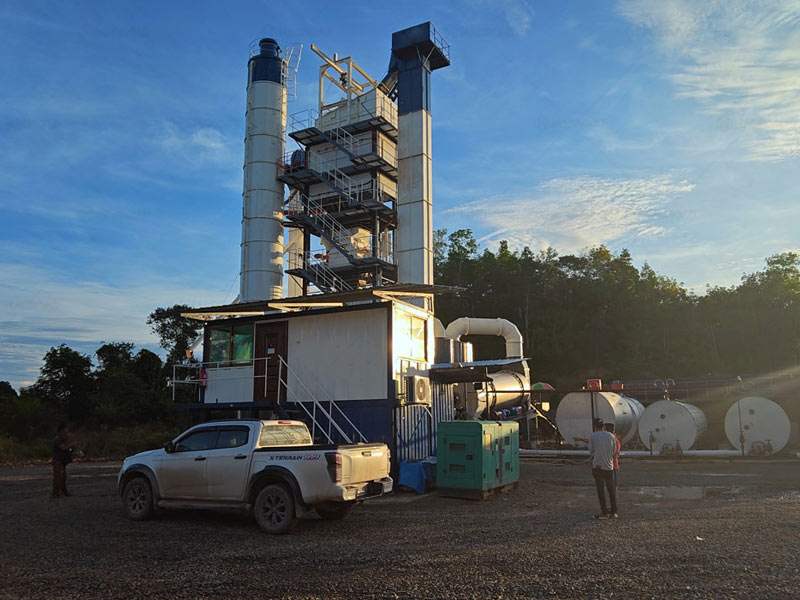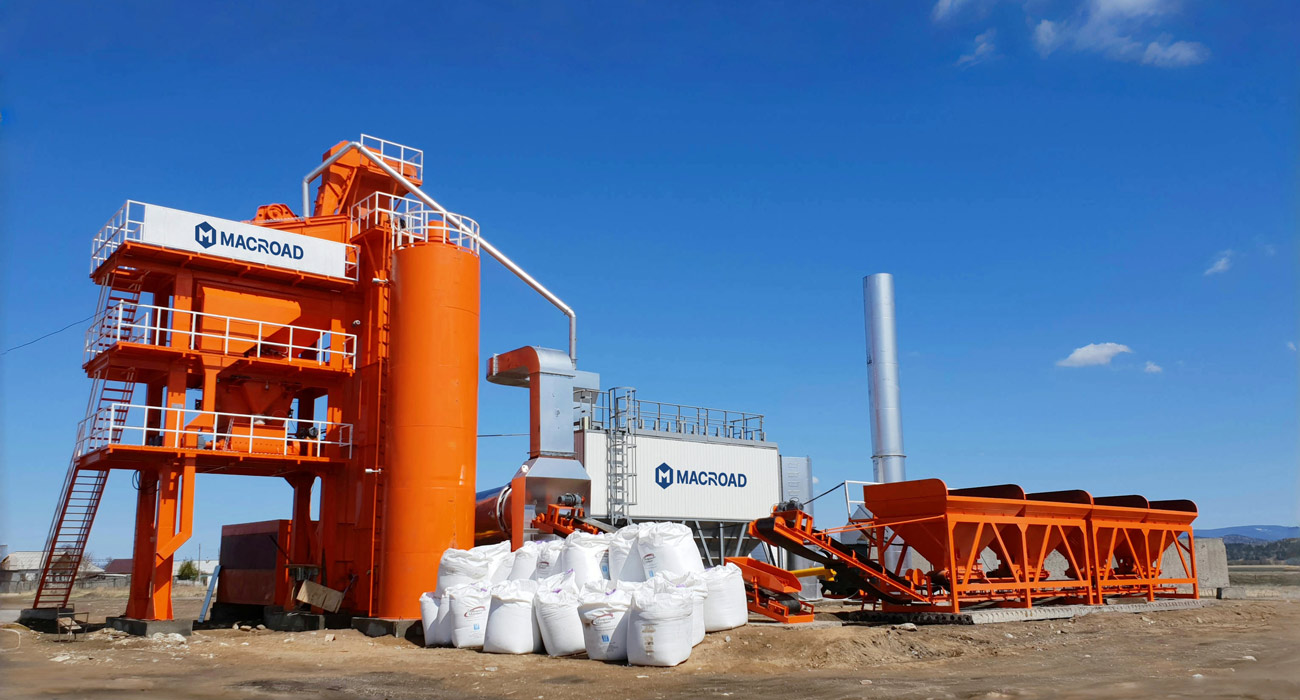As environmental regulations become increasingly stringent, the need for upgrades in stationary asphalt mixing plants and asphalt batch mix plants is more pressing than ever. Enhancements such as large-scale dust removal systems, waste heat recovery devices, and improved configurations for asphalt emulsification equipment—including closed emulsification tanks and wastewater recycling systems—can significantly impact asphalt production plant prices. For enterprises navigating these changes, it is crucial to evaluate the necessity and cost implications of environmental upgrades while ensuring compliance with local regulations. This article discusses how to strike a balance between investment in environmental improvements, compliance requirements, and overall project costs.

Understanding Environmental Regulations
The first step in evaluating the need for environmental upgrades is understanding the specific regulations that apply to the project location. Different regions impose varying standards regarding dust emissions, volatile organic compound (VOC) controls, and other environmental impacts. By conducting a thorough analysis of these regulations, enterprises can determine the necessary upgrades for both stationary asphalt mixing plants and asphalt batch mix plants.
For instance, if the local regulations mandate strict dust emission limits, investing in large-scale dust removal systems becomes essential. On the other hand, if VOC controls are less stringent, the need for advanced asphalt emulsification equipment may be minimized. Understanding these requirements allows companies to prioritize which upgrades are essential for compliance and which may be optional or deferred.

Assessing Cost Increment of Environmental Upgrades
Once enterprises have a clear understanding of the regulatory landscape, the next step is to assess the cost increments associated with various environmental upgrades. This includes evaluating the initial investment required for installing new systems as well as ongoing operational costs associated with maintaining these upgrades.
For stationary asphalt mixing plants and asphalt batch mix plant, incorporating advanced technologies such as waste heat recovery can lead to long-term savings by improving energy efficiency. However, the upfront costs can be substantial, and enterprises must weigh these expenses against potential savings and compliance benefits. By conducting a cost-benefit analysis, companies can better understand the financial implications of each upgrade, allowing them to make informed decisions.

Balancing Environmental Investment and Compliance Requirements
Finding the right balance between environmental investments and compliance requirements is crucial for avoiding future complications. Enterprises must judge whether the benefits of environmental upgrades justify the costs involved. This involves evaluating the potential for future fines or operational disruptions if compliance requirements are not met against the financial burden of excessive investments.
A strategic approach involves setting a budget for environmental upgrades while considering the maximum allowable asphalt production plant prices related to compliance. This ensures that organizations do not overspend on unnecessary features that may not provide a commensurate return on investment. Companies should also consider phased implementations, where they can initially invest in the most critical upgrades and plan future enhancements based on evolving regulations and operational needs.

Avoiding Future Rectifications and Profit Margin Squeeze
To mitigate the risk of later rectifications due to insufficient environmental configurations, enterprises should proactively engage with local regulatory bodies during the planning phase. Open communication can provide clarity on the most critical upgrades needed to meet compliance standards and can help avoid costly last-minute changes.
Moreover, it is essential to continuously monitor environmental regulations as they evolve. By staying informed, enterprises can adapt their equipment and processes accordingly, preventing unnecessary financial strain. This proactive stance not only safeguards against compliance issues but also helps maintain healthy profit margins by avoiding excessive investments in unnecessary upgrades.
Conclusion: Making Informed Environmental Investment Decisions
In conclusion, navigating the complexities of environmental upgrades for stationary asphalt mixing plants, asphalt batch mix plants, and asphalt emulsification equipment requires careful evaluation of local regulations and associated costs. By understanding the specific environmental requirements, assessing the cost implications of upgrades, and maintaining a strategic balance between investment and compliance, enterprises can ensure they make informed decisions that protect their operations and profitability. This thoughtful approach to environmental configuration ultimately leads to more sustainable asphalt production practices and successful project outcomes.
